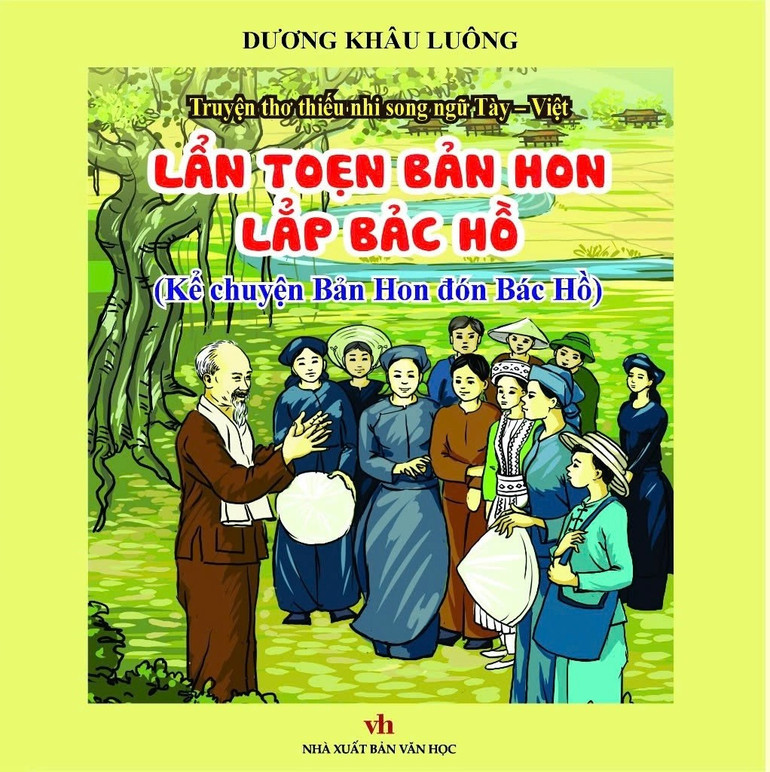
There are stories that are not recorded in history books, but are passed down through words, through memories, through simple yet poignant verses.
The story of the day Uncle Ho visited Hon village, a small village in the mountains of Ba Be – is one of those memories. It was just a simple lunch, a short stop, but his figure and his kind words of advice that year have become the pride of many generations. From his childhood memories, poet Duong Khau Luong wrote the bilingual poem Lan tuyền Bản Hon lap Bác Hồ, a story full of love, a proud memory of the people of Bac Kan who love Uncle Ho, love their homeland, love their national language…
The story is about more than 70 years ago, Uncle Ho and the revolutionary cadres on the way from Pac Bo, Cao Bang to Tan Trao, Tuyen Quang to build a revolutionary base to fight against French colonialism. The group stopped for a lunch break in Hon village, Banh Trach commune, Ba Be district.
Right from the first verses, the peaceful and quiet countryside scene with “Green rice fields”; “Mountains and forests with birds singing happily” has brought readers into a simple and humane story. Poet Duong Khau Luong does not describe Uncle Ho with flowery words, but lets the images speak for themselves:
“The Old Man Appears
Wear brown clothes
Agile gait
Head wearing old hat
Hand leaning on bamboo stick
Knee length pants
Foot to ankle
Lime to repel mosquitoes and leeches…”
With each verse rich in melody and imagery, the story of Uncle Ho visiting Ban Hon gradually unfolded, passionate, authentic and meaningful. The simple, rustic verses of poet Duong Khau Luong left in the reader's heart a deep affection for beloved Uncle Ho. Uncle Ho's simple yet extremely noble deeds will forever be a bright example for generations to learn and follow. As the last part of the story says:
Uncle Ho's advice
Still until now
Like a spring, cool breeze…
Bright in the hearts of children.
Poet Duong Khau Luong shared: Hopefully, this small book will help readers understand more about Uncle Ho's personality, understand more about our nation's arduous and proud journey of resistance against French colonialism. Understand more about Hon village as well as the places where Uncle Ho's footprints were imprinted on the revolutionary journey. Through that, we will love Uncle Ho more and be more proud of the revolutionary tradition of our homeland Bac Kan.
Along with the meaningful content, the book also attracts readers, especially children, with the unique illustrations by artist Tran Ngoc Kien. The vivid and attractive pictures have contributed to conveying the message to readers. More specifically, the bilingual poem with Tay and Vietnamese lyrics is also a valuable document for the traditional folk culture of the Tay ethnic group.
The poem “The Hidden Tales of Ban Hon Lap Bac Ho” is not only a literary work, but also a stream of memories, reminding us of Uncle Ho’s shining example and the hearts of the people in the small village. From there, in each word, each illustration, the pride and aspiration to preserve the cultural identity of the Tay people in Bac Kan shine./.
Source: https://baobackan.vn/ban-hon-don-bac-ho-chuyen-ke-tu-dong-suoi-ky-uc-post70384.html


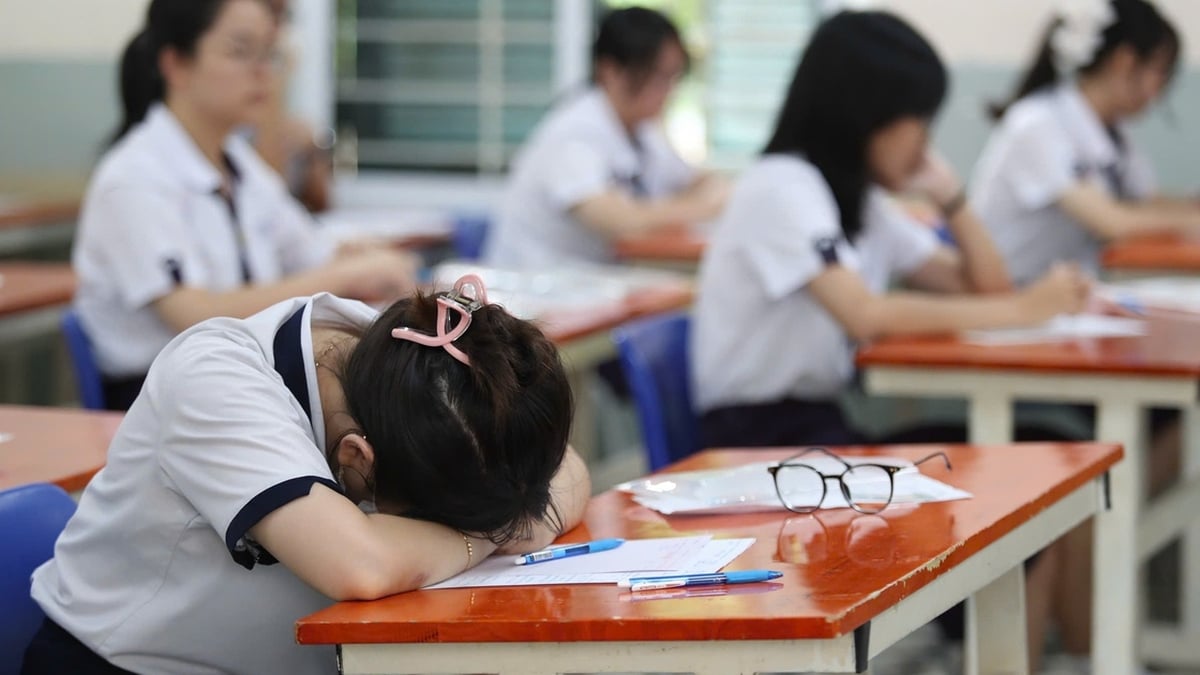
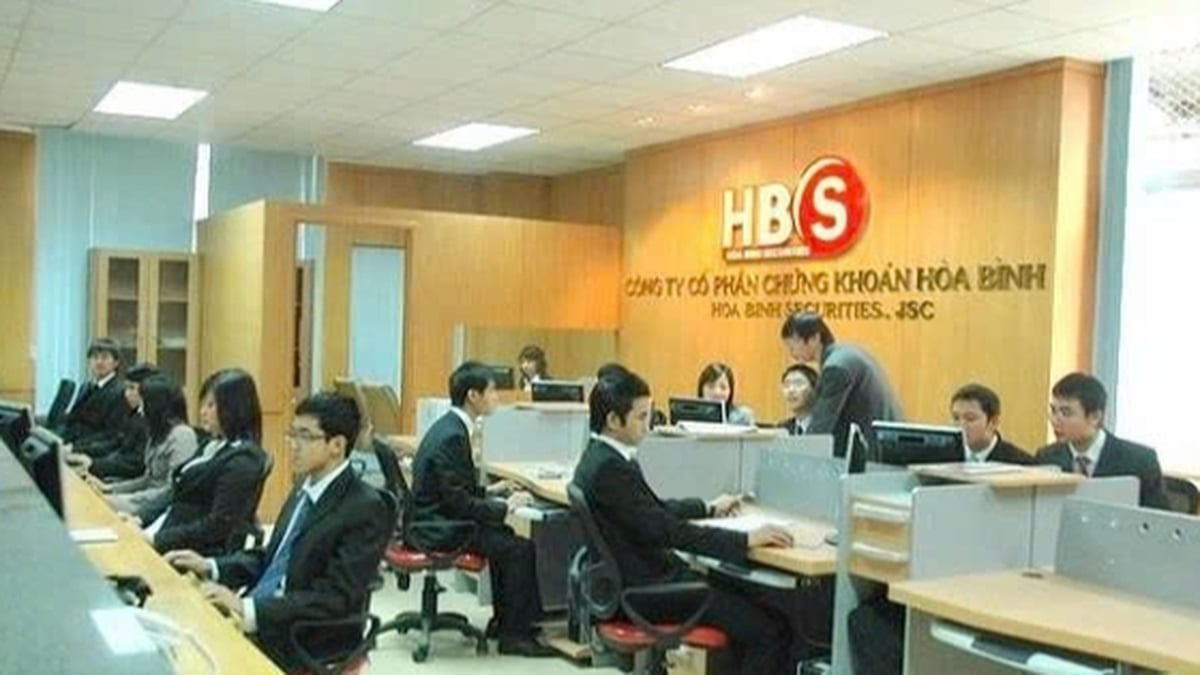
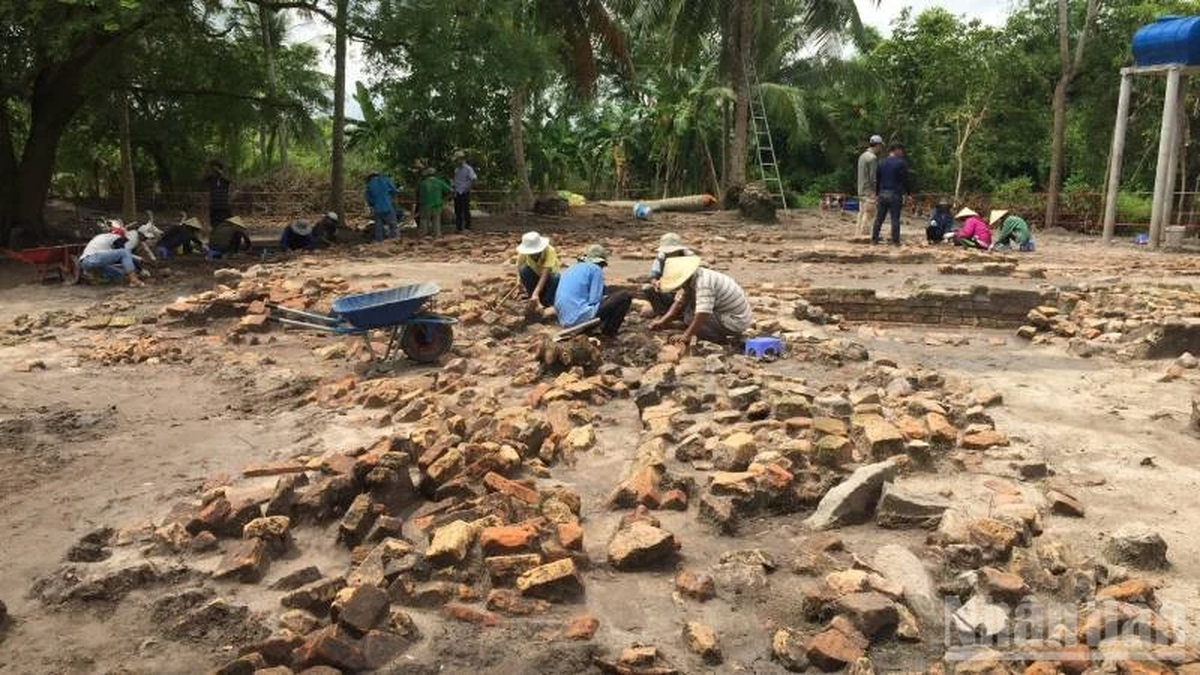

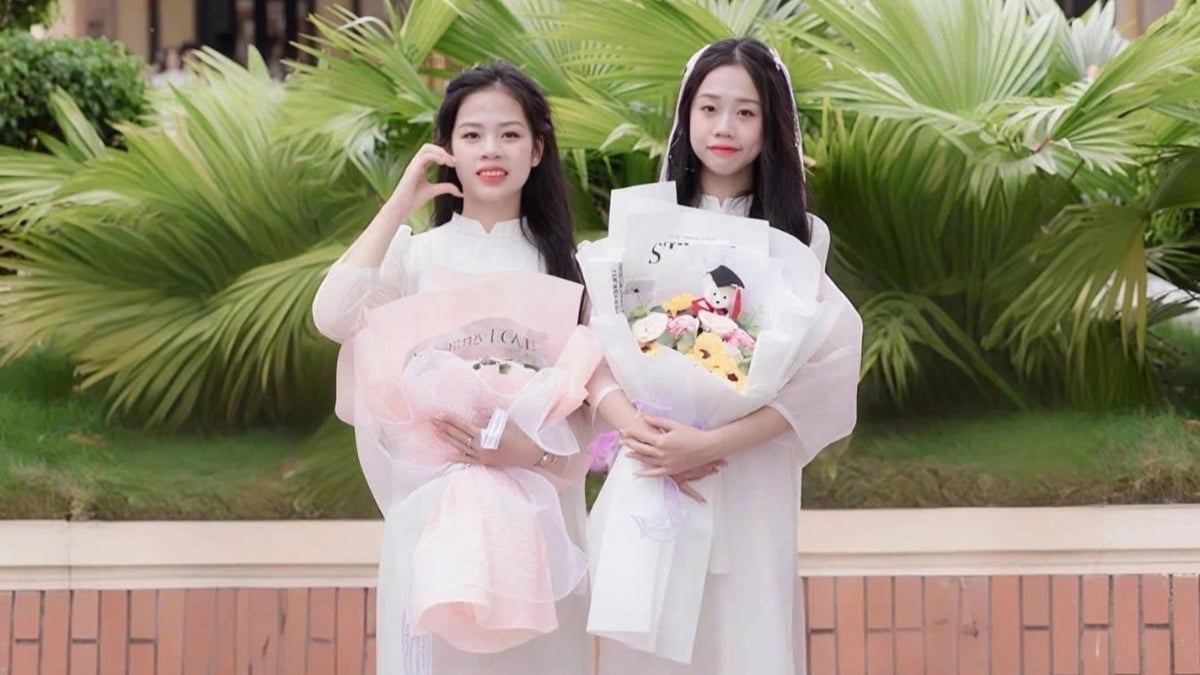

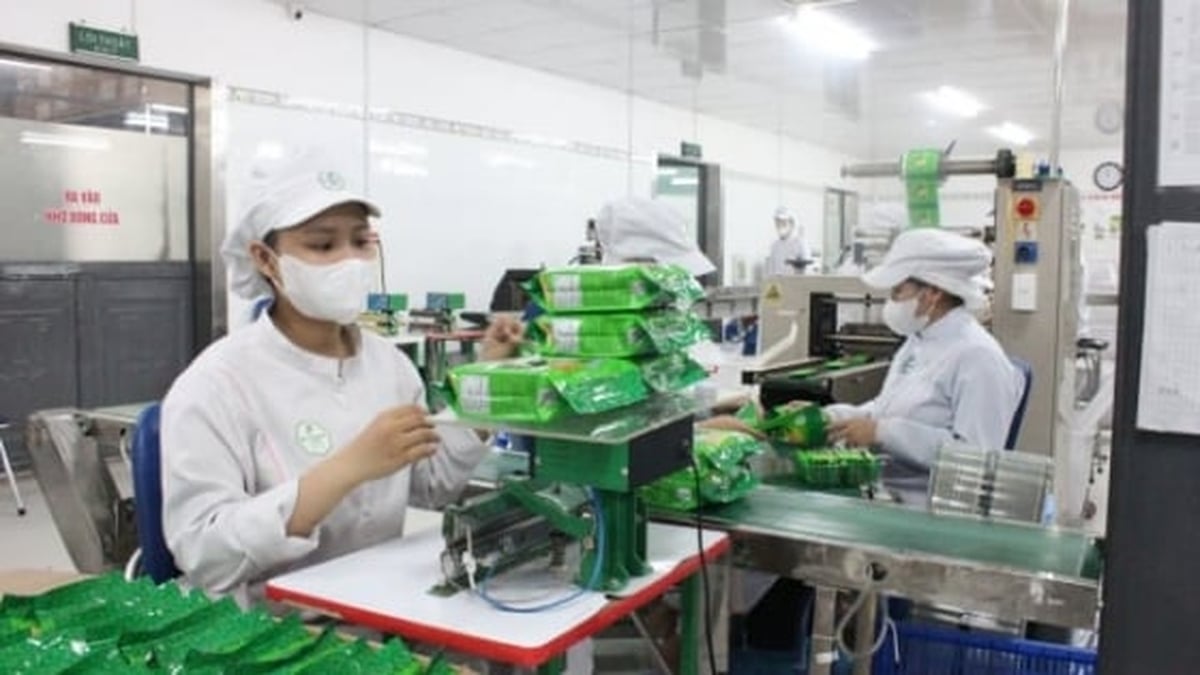
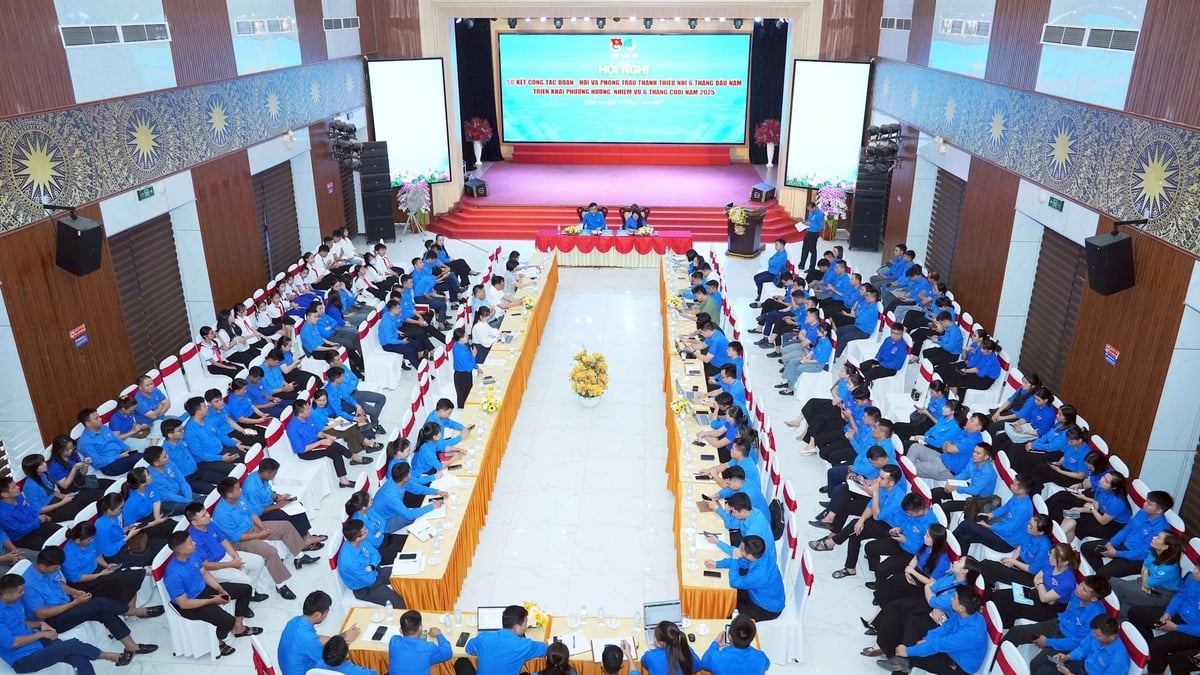
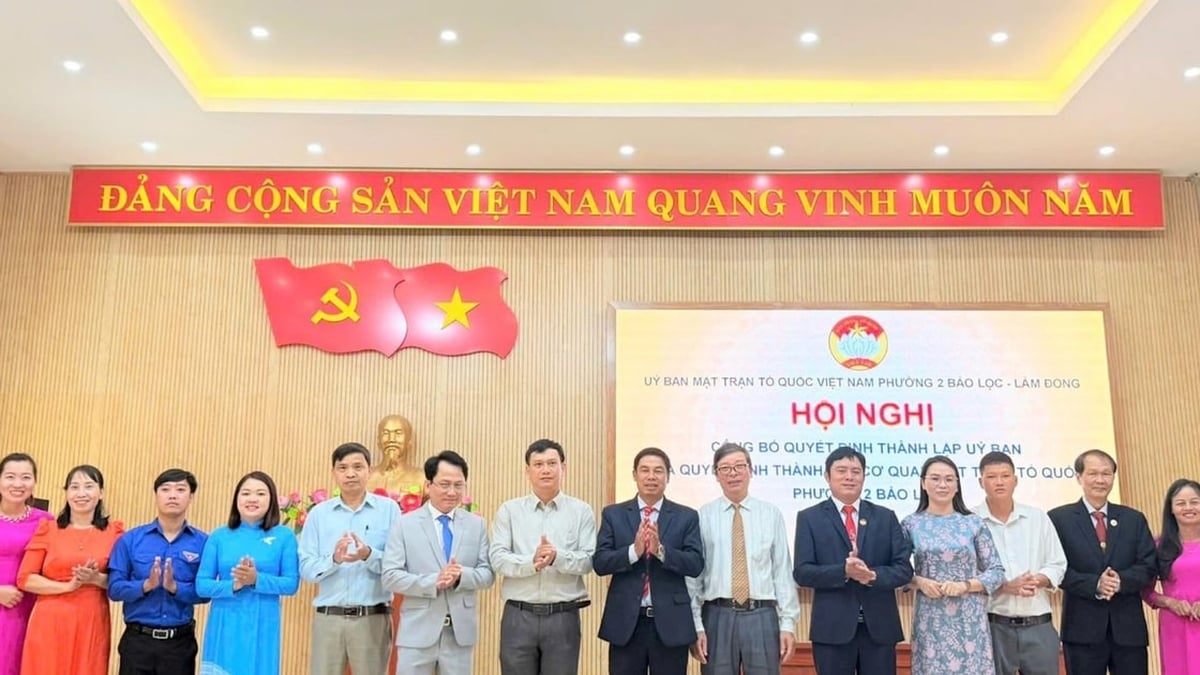
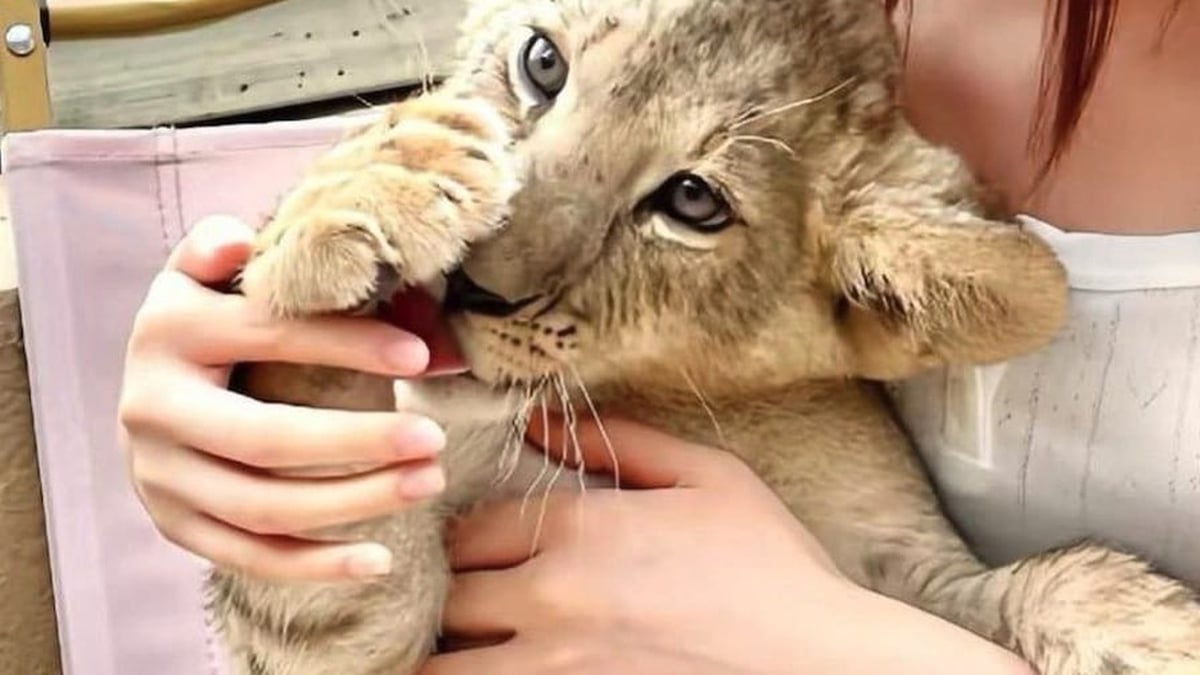
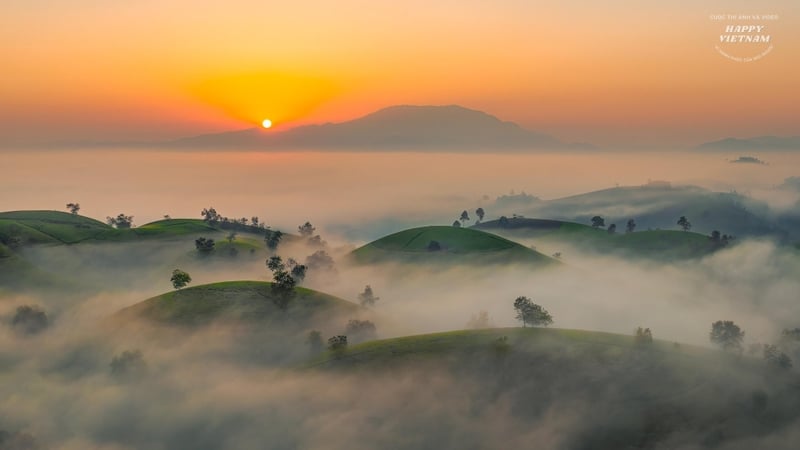


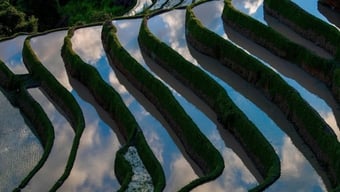




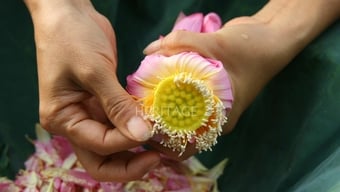
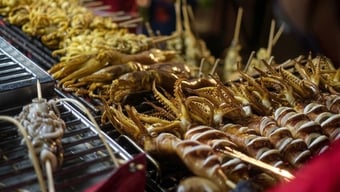
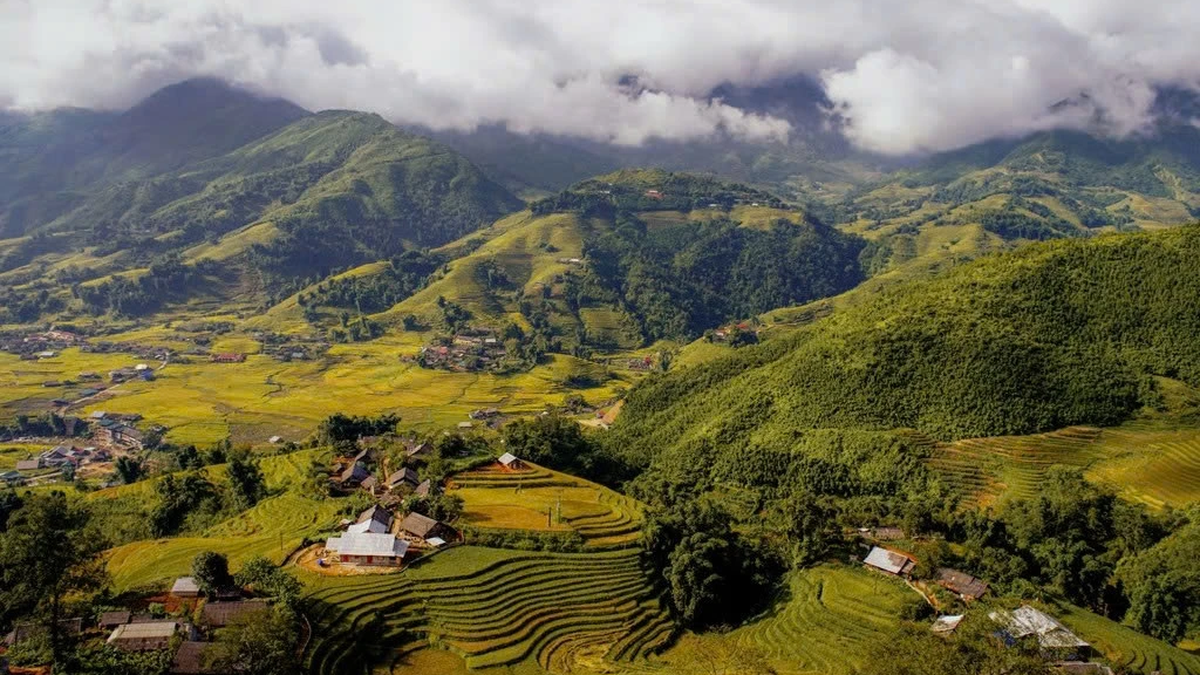
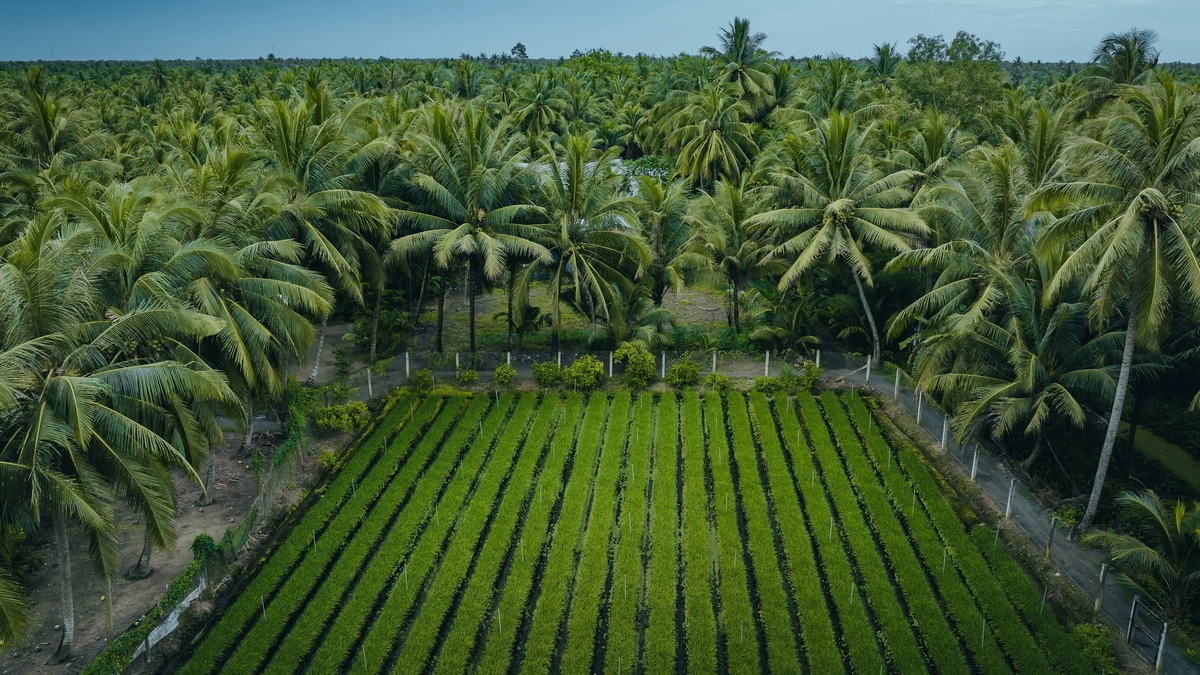


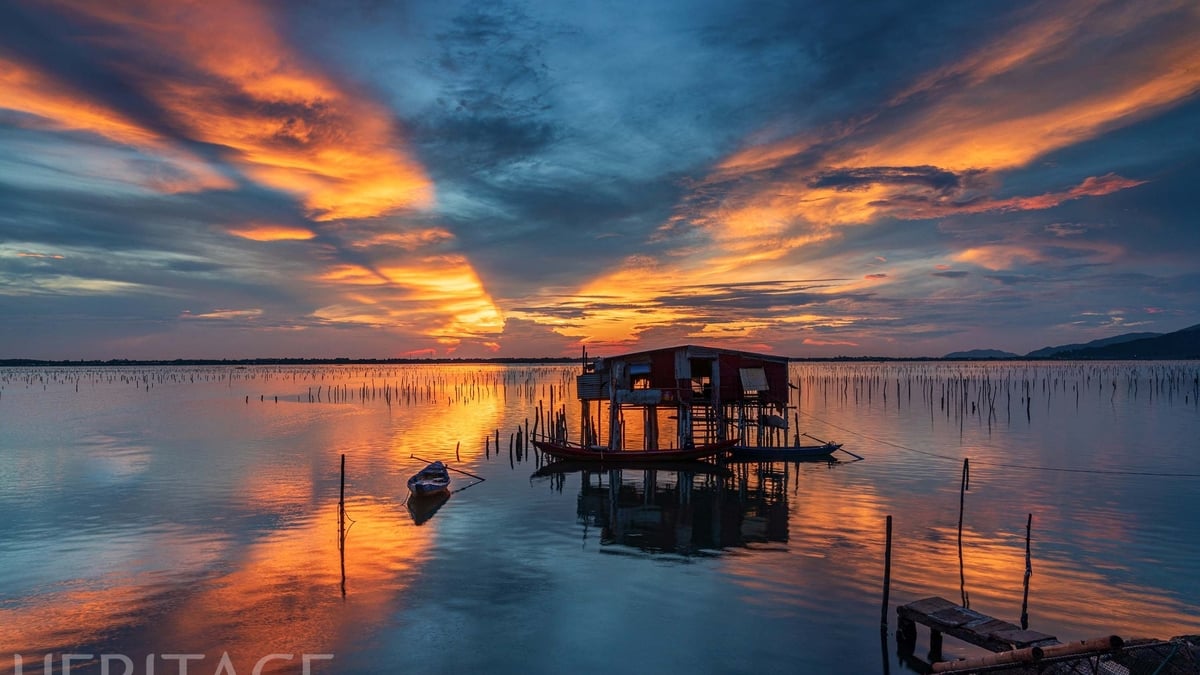

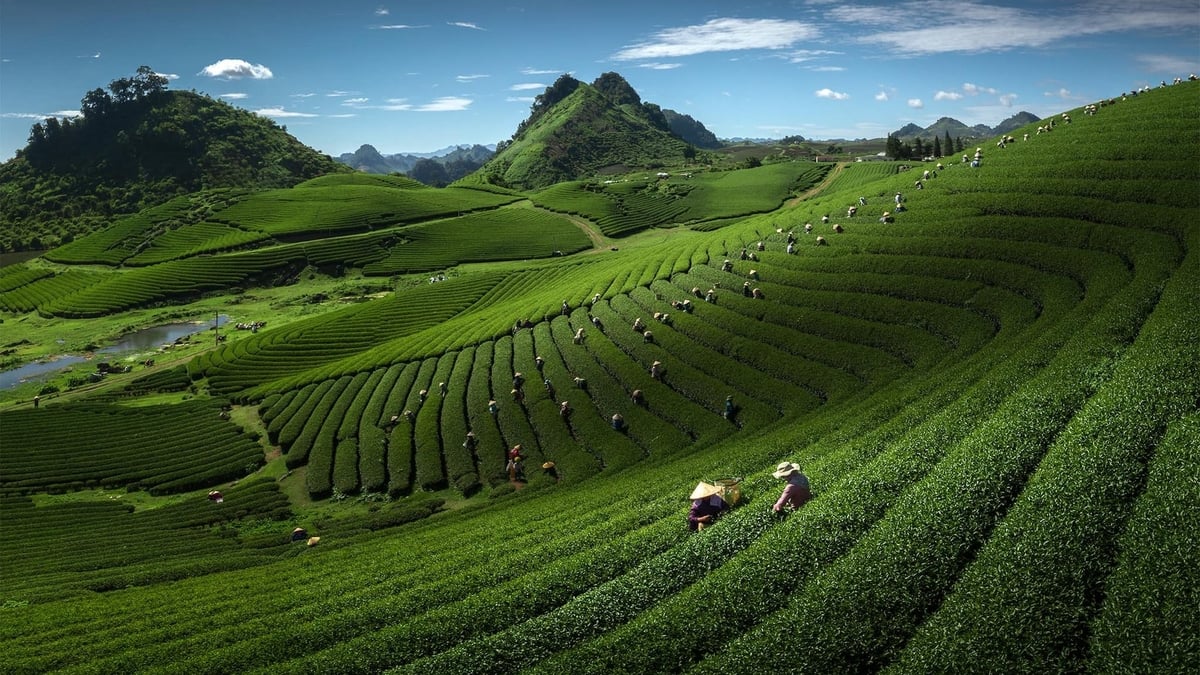

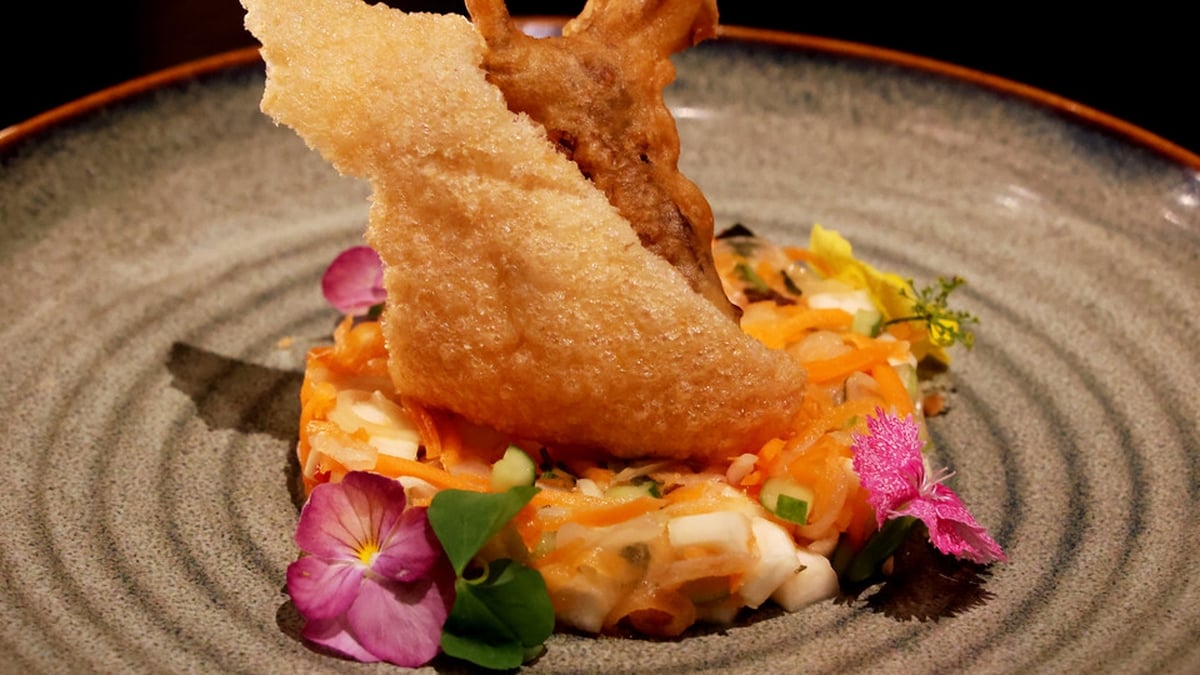



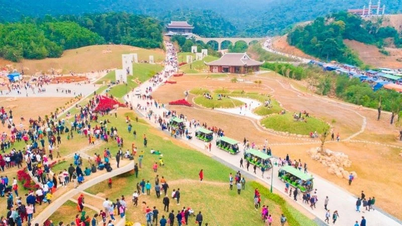

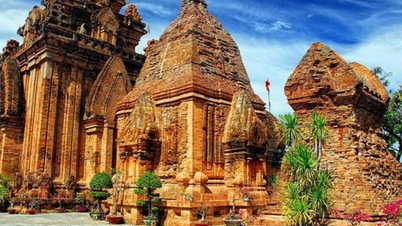



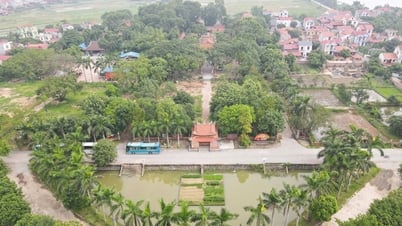

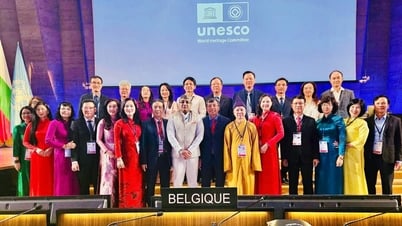

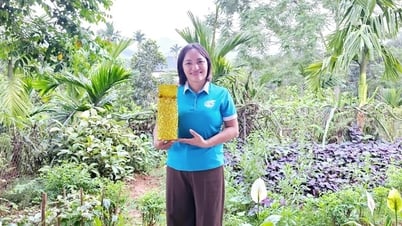

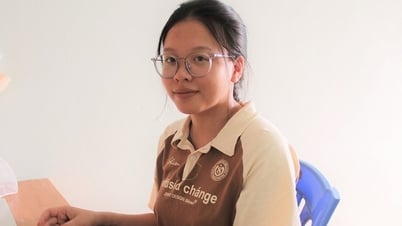



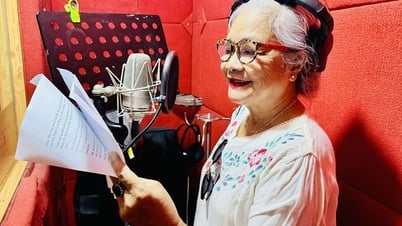

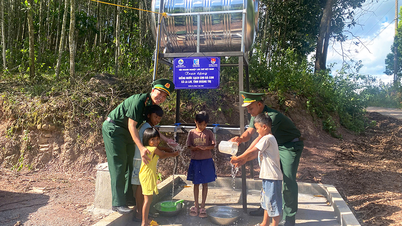
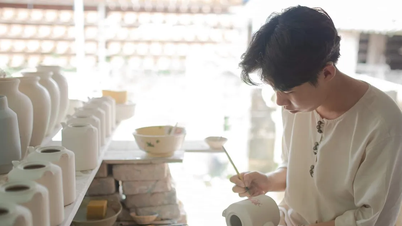



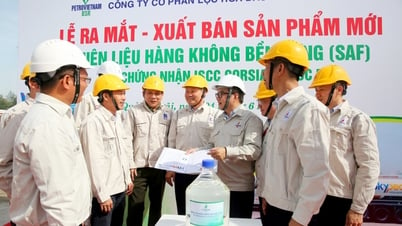





![[Maritime News] More than 80% of global container shipping capacity is in the hands of MSC and major shipping alliances](https://vphoto.vietnam.vn/thumb/402x226/vietnam/resource/IMAGE/2025/7/16/6b4d586c984b4cbf8c5680352b9eaeb0)



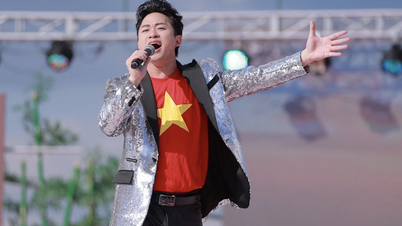
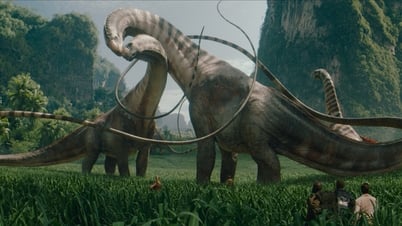

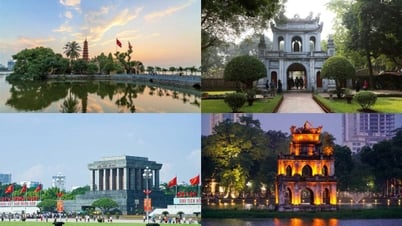

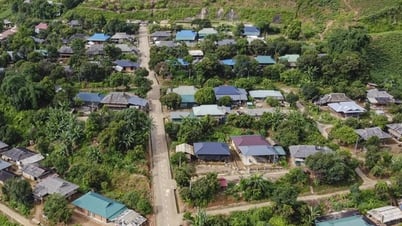



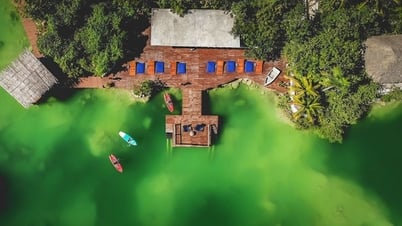

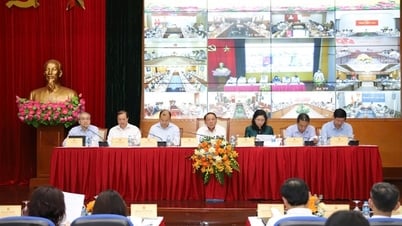
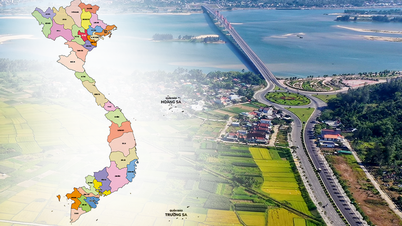
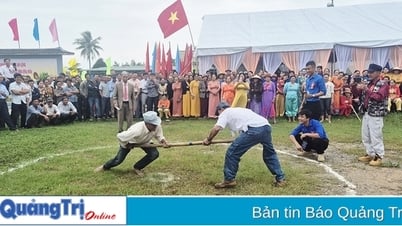


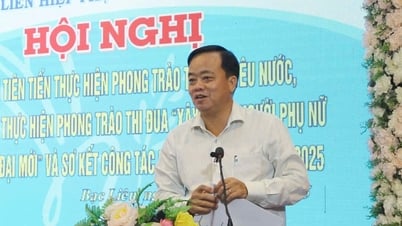
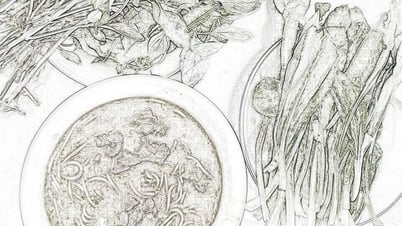
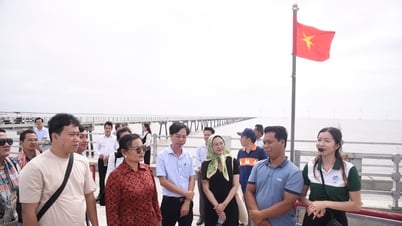




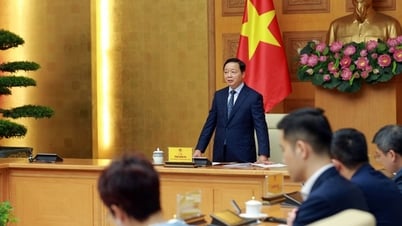

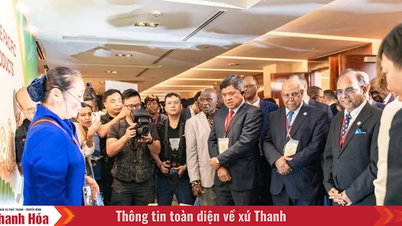

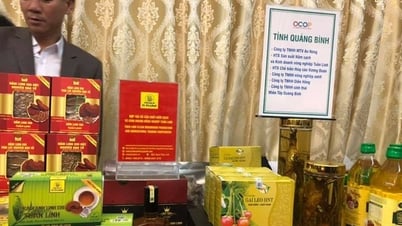



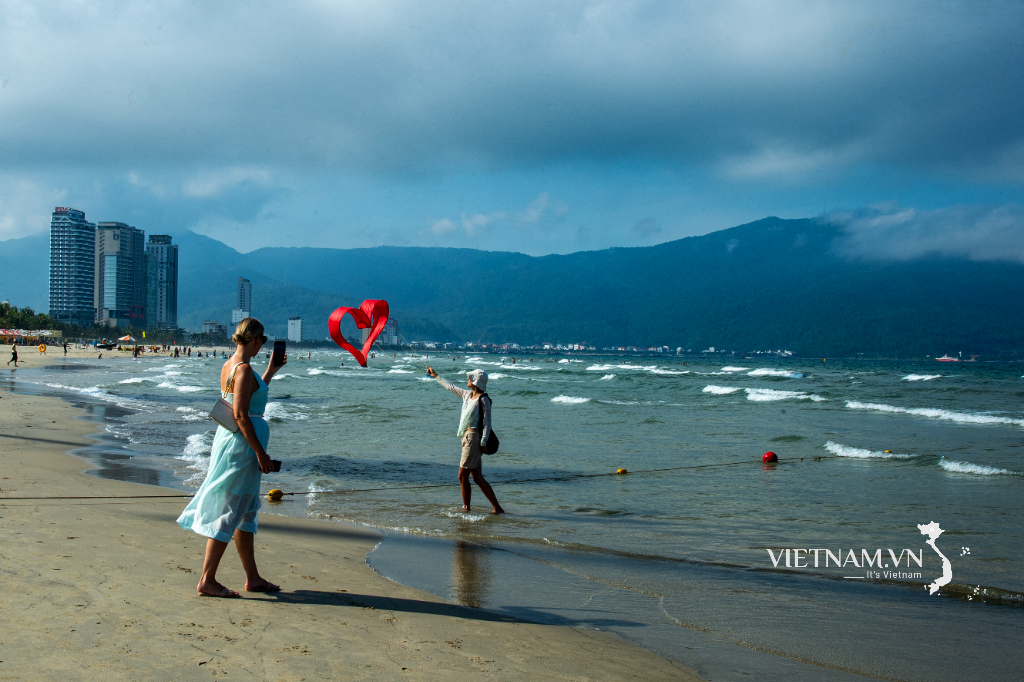

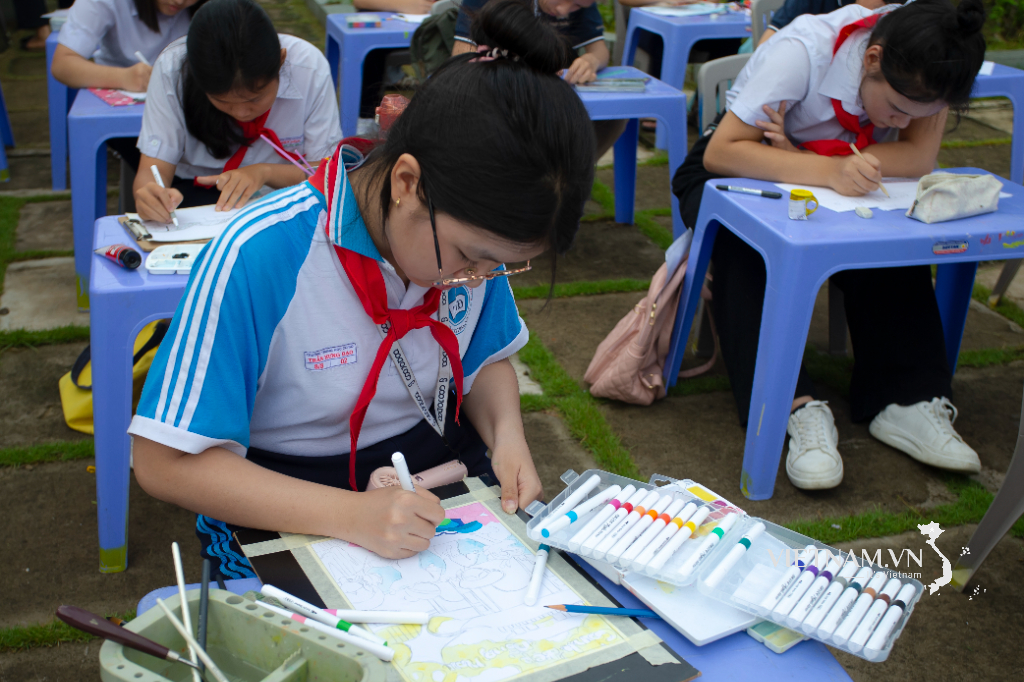
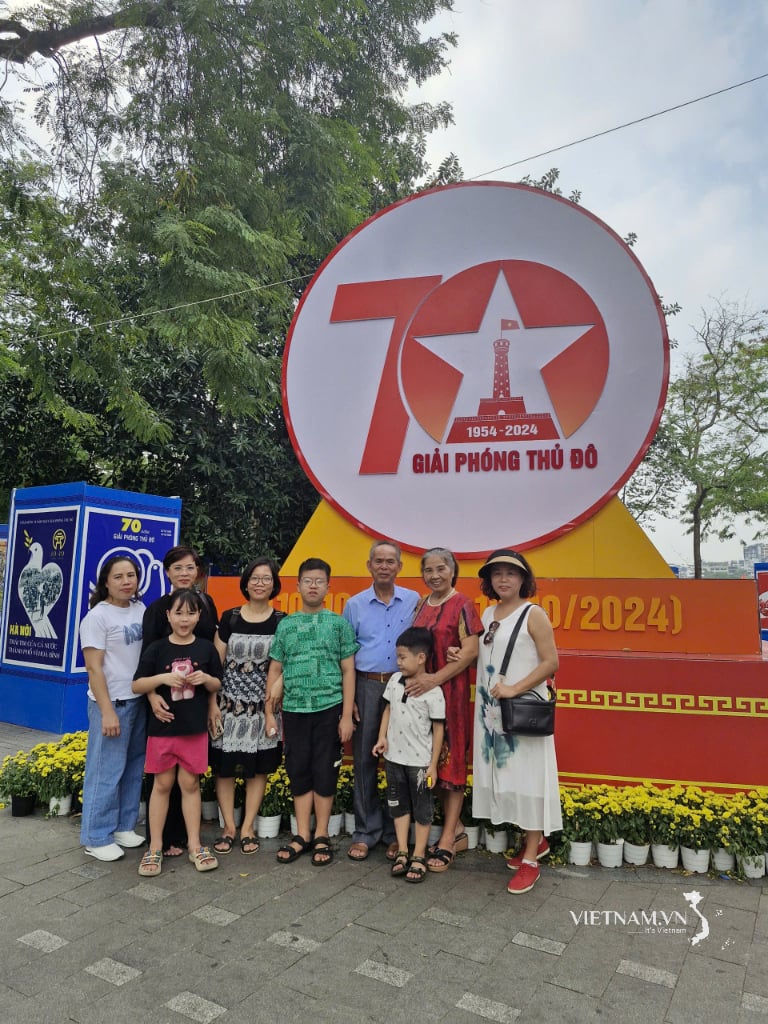
Comment (0)